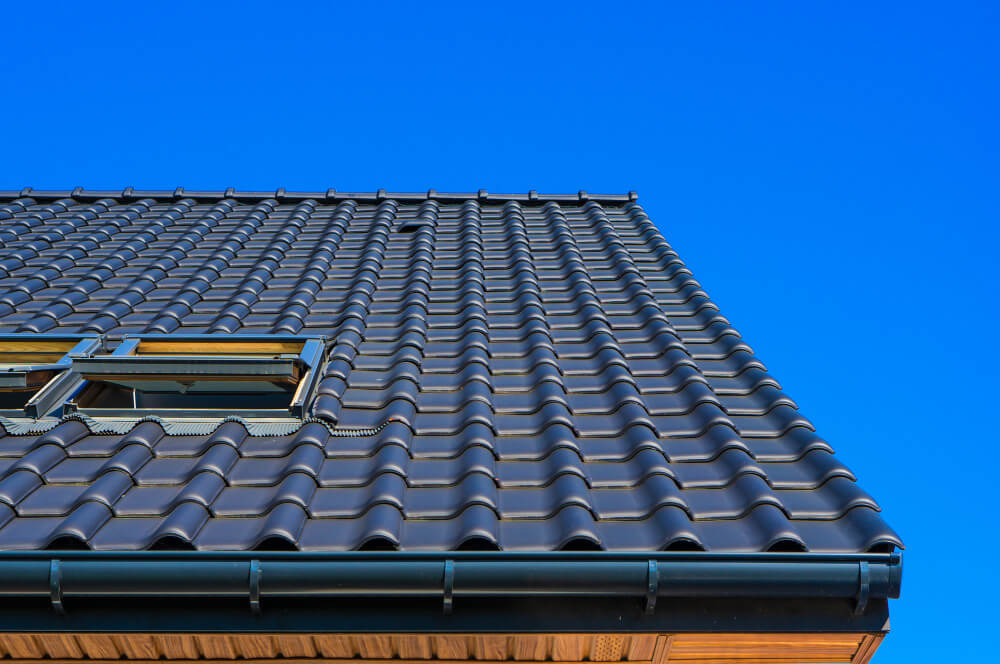There’s a part of your roof most people never think about until something goes sideways: the space between the shingles and your living room. That attic airspace? It’s not just a dark corner where old boxes go to collect dust. It’s a living, breathing system that—if ignored—can quietly wreck your energy bills, damage your home, and cook your shingles from the inside out.
That’s where proper ventilation and insulation come in. They’re the unsung duo keeping your roof (and everything below it) in check.
Let’s break down why they matter—and what can happen when things go wrong.
What Ventilation Really Does (It’s Not Just About Airflow)
Imagine wearing a heavy winter coat in the summer. Now picture your house doing the same thing.
Ventilation is how your roof “breathes.” It lets hot air escape in summer and prevents moisture buildup in winter. Without it, your attic turns into a pressure cooker—hot enough to fry an egg in July, damp enough to grow mushrooms in January.
Quick stat: A poorly ventilated attic can reach 160°F on a 90°F day. That’s not just uncomfortable—it’s destructive.
Insulation: The Roof’s Unsung Hero
Insulation is your home’s thermos. It keeps the hot stuff hot and the cold stuff cold.
Too little insulation, and your heating and cooling systems work overtime. Too much in the wrong places—or insulation that blocks airflow—and you’ve got a recipe for trapped moisture, mold, and ice dams.
Think of it this way: ventilation moves the air, insulation controls the temperature. They need each other like peanut butter needs jelly. But no one wants jelly growing mold in the attic.
Read Also: Benefits of Regular Roof Maintenance and Inspections
Why Getting This Right Matters
1. Lower Energy Bills
When your attic is cooking, so is your AC. A balanced system reduces temperature swings and helps your HVAC chill out—literally.
One homeowner in Michigan saw a 22% drop in energy costs after replacing old insulation and correcting blocked soffit vents.
2. Longer Roof Life
Excess heat bakes your shingles from below. Moisture rots your roof deck. The combo? A shortened lifespan and premature replacements.
3. No More Ice Dams
If you live somewhere snowy, you know the pain: snow melts on your warm roof, runs to the cold eaves, and refreezes. Cue the icicles… and leaks.
Proper airflow and attic insulation reduce this risk dramatically.
4. Mold Prevention
Warm, moist air from kitchens and bathrooms rises—and if your attic can’t vent it out, guess where it settles? On the underside of your roof. That musty smell? Not a vibe.
Common Signs You’ve Got a Ventilation or Insulation Problem
- Your attic feels like a sauna (or a meat locker) depending on the season
- You spot frost, mold, or mildew in the attic
- The roof has premature shingle curling
- Ice dams appear every winter
- You notice uneven temps across your home
- Energy bills are trending in the wrong direction
Real Talk: What’s “Proper” Ventilation and Insulation?
There’s no one-size-fits-all answer. It depends on your roof style, home size, local climate, and even how you use your attic.
But in general:
- You need intake vents (usually in soffits or eaves) to bring cool air in
- You need exhaust vents (like ridge vents or gable vents) to let warm air out
- And you need enough insulation to keep conditioned air where it belongs—inside your living space
But here’s the kicker: Too much insulation stuffed near intake vents can block airflow completely. It’s a Goldilocks situation—get it just right.
Also Read: The Complete Guide to Roofing Materials: Pros and Cons
Why Homeowners Miss This (And Why You Shouldn’t)
Because the roof looks fine from the outside. No leaks, no damage, no drama. But the problems caused by poor airflow and insulation are stealthy. They don’t usually show up in dramatic ways… until they do.
It’s the difference between fixing a moisture issue today vs. replacing roof decking, drywall, and your insulation six months from now.
And let’s be honest: “Check attic airflow” isn’t exactly thrilling Saturday content. But neither is paying $12,000 for a roof that died too young.
What You Can Do Today
- Peek into the attic.
Is it sweltering in summer? Does the insulation look like it’s been there since disco was cool? That’s a red flag. - Look for soffit vents.
If you can’t find intake vents, chances are your attic can’t breathe. - Check your energy bills.
A sudden spike—especially if your HVAC is working fine—might mean heat is escaping (or building up) where it shouldn’t. - Call a pro.
A qualified roofing contractor or home energy auditor can assess both ventilation and insulation. They’ll check airflow, R-values, and spot anything out of place.
The Bottom Line
Your roof does more than keep rain out. It’s a finely balanced system working quietly overhead, and when ventilation and insulation are on point, everything just… works.
Your home stays cooler in the summer, warmer in the winter, and dryer all year long. You get lower bills, a healthier roof, and fewer “what’s-that-smell-in-the-attic” moments.
So, next time you’re tempted to ignore what’s going on above the ceiling? Don’t. Because sometimes, peace of mind starts at the top.

